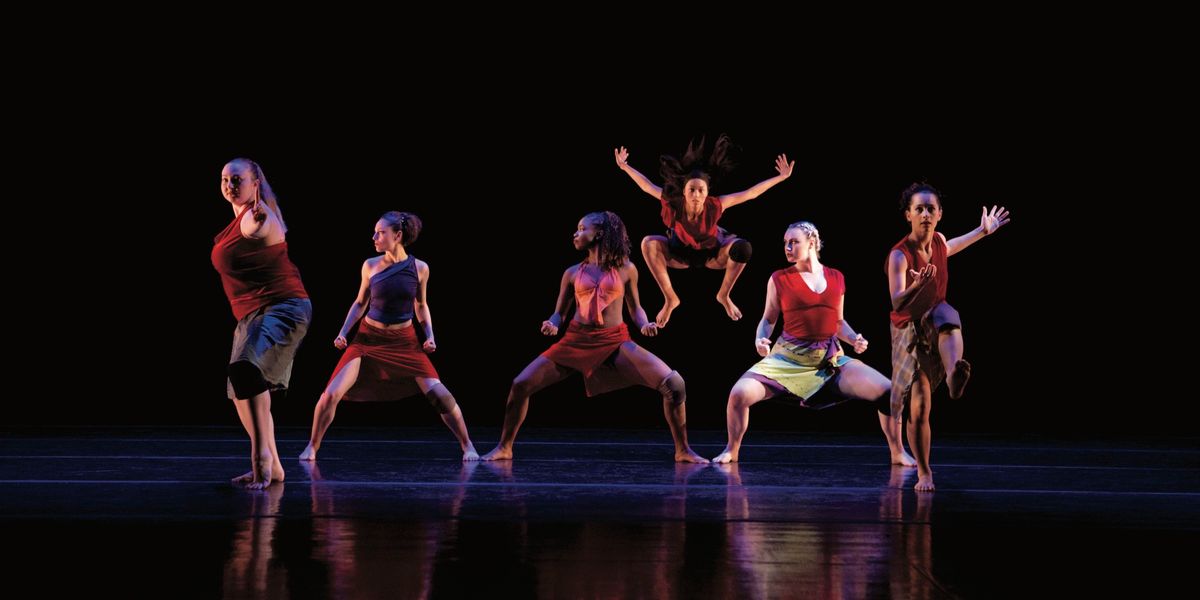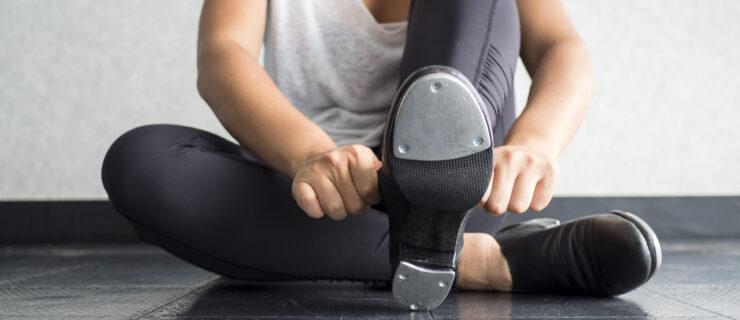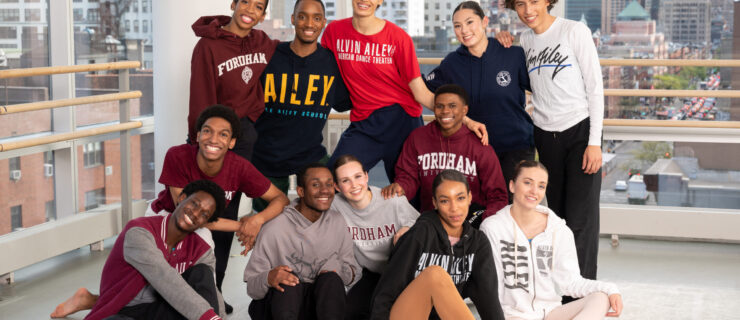4 Colleges Committed to Diversifying Their Dance Curriculums
In the face of today’s racial crisis, many Americans are now reckoning with their own complicity in the oppression of marginalized groups, and asking, “What can I do?” For college dance programs, which help mold the minds of the next generation of dance artists, this is an especially important question. For decades, most departments have centered on white, Western styles—ballet, modern, contemporary—rather than dedicating resources to the world’s myriad other dance forms.
Fortunately, some college dance programs have pledged to diversify their course offerings, and to dismantle the layers of white supremacy that still pervade our art on a larger scale. And while many colleges are now beginning this work, a few have made
it a central part of their mission for years. Here are four schools with longstanding commitments to a more equitable dance education.

Alabama State University student Lauren Erwin (Devin Rickett, courtesy Alabama State University)
Alabama State University
ASU BFA majors are exposed to two non-Western tracks twice a year, offered in four levels: African dance and hip hop, or jazz and tap. Both tracks have deep roots in Black American culture and the African diaspora, and have been a part of the program since its inception. As one of the nation’s remaining historically Black colleges and universities, ASU has long prioritized a dance curriculum that reflects its student body.
The result has been beneficial not just for the students but also for the school. “By offering these courses,” BFA program director James Atkinson says, “we have been able to increase the interest of students from other departments, students who may not have previously considered dance as a major or minor.” In addition to the dance program’s set curriculum, ASU offers students master classes in a range of non-Western forms, to further broaden their understanding of dance and dance history.
Jazmun McCoy, a sophomore BFA dance major at the school, says learning non-Western styles has instilled a sense of confidence in her college training. “There is never a moment when I have to question if I am learning about myself,” she says, “because my personal history is rooted in the non-Western dance training available to me at ASU.”

Efeya M. Ifadayo Sampson (front) leading class at Sarah Lawrence (Ian Douglas, courtesy Sarah Lawrence College)
Sarah Lawrence College
Sarah Lawrence’s dance department puts a
special focus on exposing the layers of implicit bias in dance history. John Jasperse, the director of Sarah Lawrence’s dance program and a noted NYC-based choreographer, believes that dancers must “reckon with our history to reveal connections that have often been obscured in the
past in order to begin to heal ourselves as a society. In the past, the United States has euphemistically been referred to as a cultural ‘melting pot,’ but to do so is to erase the differential
power structures that were historically at play in creating our hybridity.” This coming semester, the dance history course will be called Hip Hop: Dancing Diaspora from the Local to the Global, examining other forms of street dance, including voguing and house. The school will also offer a course about using dance as a lens for cultural critique.
But explorations of implicit bias go beyond dance history courses, too. “The analytic seminars all support a historical and theoretical understanding that is in dialogue with what we do in practice-based studio classes,” Jasperse says. Those classes range from West African dance to hula to hip hop to Butoh.
Goucher College
At Goucher—located in Baltimore, MD, where 62 percent of the population is Black—offering non-Western dance training has been a way to tackle issues of social injustice. Rick Southerland, a dance professor at the college, says dance programs in higher education tend to whitewash what dance is and should be. “Dance exists everywhere and is experienced in a myriad of ways and for a variety of reasons within different cultures and societies,” Southerland says. “The study of non-Western dance sheds light on other histories and philosophies.”
The program offers a BA in dance that requires students to be technically proficient in West African diasporic dance, modern, and ballet. Students can also take theory courses that address body politics. Nicole Blades, a senior in the program, says she’s loved being able to train in non-Western dance techniques: “My professors have been encouraging and informative in not only teaching non-Western styles, but also educating us in the history and origins of the movement we are learning.”
The department is also committed to engaging the greater Baltimore area. “We employ expert drummers and dancers from the community,” Southerland says. “Even students who have never taken a West African dance class are deeply engaged and excited about their dance-study experience.”

University of Colorado, Boulder, students studying African dance with professor Nii Armah (Daniel Beahm, courtesy University of Colorado, Boulder)
University of Colorado, Boulder
CU Boulder started working to address racism in dance nearly 18 years ago. “We first began dismantling the ideas of level and ‘technique,’ offering instead a variety of styles that include hip hop, house, jazz, and transnational fusion,” says Erika Randall, chair of
the department of theatre and dance. “Classes that have, in the past or in other programs, been relegated to elective status are absolutely required here—not required because of their ‘diversity,’ but because they are essential to training. We want to support the education of dancers who are going to become the problem-solvers of our global experience.”
Randall, who grew up dancing in a competition dance studio, understands the challenge of changing a dancer’s long-held perceptions of which dance forms are important. “When a dancer comes in with three pirouettes and a high leg kick, and that doesn’t hold the same currency of accomplishment in a house class, they can feel frustrated at first,” she says. “But they learn a new virtuosity, a new relationship to speed and rhythm. What was once prioritized as ‘petit allégro’ in their bodies is now achieved through ‘footwork.’ They find gravity and groundedness and a new connection to the earth that they had perhaps spent their entire lifetime trying to defy.”




